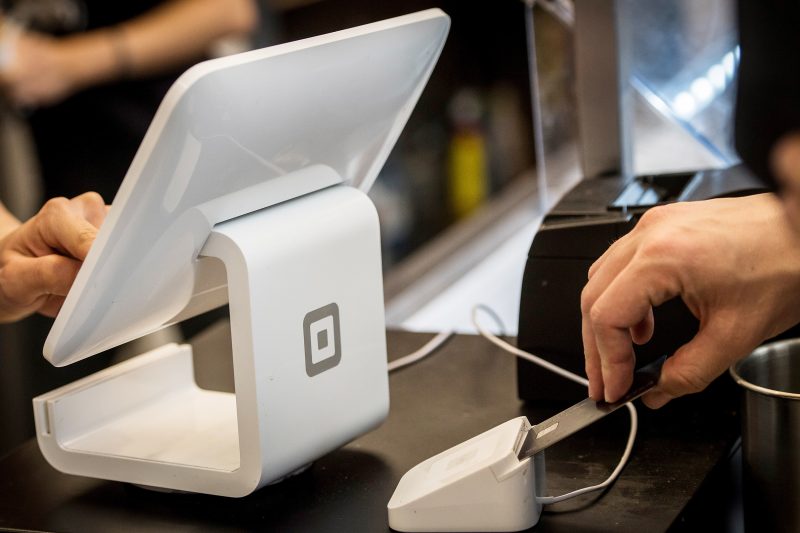In the past five years, credit card balances rose 92% from the low of $562 billion in 2011. The dramatic increase was caused by a combination of economic growth, low interest rates, and highly advertised rewards programs. The total amount of debt outstanding rose the most from 2017 to 2018, increasing by more than $100 billion.
In 2019, credit card balances continued to climb, reaching $1.08 trillion during the third quarter. The number reflects a shift away from cash and checks and toward plastic for purchases. Credit cards are often more convenient and offer an additional layer of security for consumers. Additionally, credit cards offer rewards, such as cash back or points, allowing consumers to accumulate more benefits than they can from cash or check purchases.
The rise in credit card debt is cause for both optimism and caution. On one hand, consumers are taking on more debt and this can be seen as a sign of confidence in the economy. On the other hand, too much debt can become unmanageable and create problems for individual households.
It is important for consumers to keep their credit utilization rate in check so that their credit scores do not suffer. Additionally, taking on more debt than one can afford can tank a consumer’s credit score, making it harder for them to get future loans.
Ultimately, it is important to be mindful of the amount of credit one takes on and to only use credit when it is necessary. Making more informed decisions regarding credit use will ensure that consumers take on the right amount of debt and can make their payments on time.
